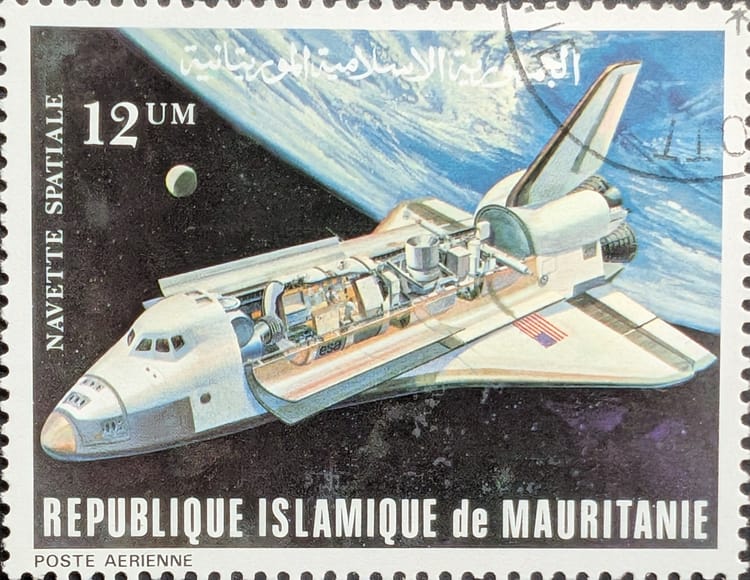EO Business Models/Government Influence On EO Startups

When discussing the Earth observation (EO) satellite business, there are the publicized plans/goals space startups present--and then there’s the reality those plans and goals meet. In previous analyses, such as “,,Maps, Streaming Video, and Earth Observation,” a few possible reasons were presented as to why commercial EO startups appear to be struggling to find commercial interest. Those reasons were summarized in the following paragraph:
“U.S. commercial companies (in this case EO companies) are hobbled by government regulations and history. EO companies like Planet, Spire, and BlackSky all offer products that were only meant for government servants not too long ago. Because particular people to this day are still worried about controlling that information, rules remain in effect that keeps those EO companies off-balance--and at a competitive disadvantage globally.”
Not Even Trying to Make it Easy
To be sure, those reasons were just educated guesses, based on EO’s history under the control of military and national security organizations. I happened upon another set of informed opinions, in “,,The Commercial Satellite Imagery Business Model is Broken”--it makes for some interesting reading. Within that Medium post, the author, Joe Morrison, provides other reasons why U.S. commercial space EO companies seem to be fumbling the commercial business side:
- Uninspiring customer-buying experience
- Not incentivized to cater to commercial customers
- Great incentive (money) to cater to the government
There’s no disagreement here with any of those points. A few of the analyses on this site note the influence government-money has on the space industry--even as it appears that the share of government spending is shrinking in the U.S. space industry. EO is also much more regulated, based on national-security fears, than most other sectors also limits opportunities afforded to EO startups. However, so long as they are willing to sell an EO product that’s acceptable to the government, the government will pay for that product. It will pay more than a commercial customer is willing to pay, which the author acknowledges:
“And to be fair, the US military is the greatest customer of all time— happy to pay more than anyone else can afford for the imagery, working on a genuinely important mission, content to lock in long and lucrative contracts, and desperate to fund R&D on top of that as well. They are a strategic investor that takes no equity and yet can’t afford to let your business fail. Not only do they make the market, they also regulate it — with a maniacal grin on their face, the government wields a carrot in one hand and a stick in the other. The trouble with striking upon the greatest customer ever is that there are no other customers like them, by definition. Who can compete with that?”
That’s the problem.
Where’s the Incentive to do Better?
If a commercial space company decides the U.S. government is more important (because it supplies more money), then that company will field products and services desirable to the government. For those doubting that such a scenario could happen, such a cycle occurred with space launch vehicles. The U.S. government, in the form of NASA and the DoD, weren’t interested in inexpensive launch capability, including reusability, during the decades running up to the rise of companies like SpaceX. They wanted rockets that did not blow up their costly satellites and probes--a fundamental requirement. So the companies catering to the government organizations offered only what the government wanted--reliable launch with a minimum of risk. Meeting that fundamental requirement was the only thing that mattered. The rising costs of launch to taxpayers were viewed as necessary trade-offs.
EO startups are faced with the same conundrum. The author mentions Planet’s founders and how they wanted to change the EO business with its Dove cubesats. They seemed sincere. Instead, the company is now finding itself building larger SkySats and lowering the altitude of SkySats in orbit, hoping the better resolutions offered will be desirable to a government customer (while praying a lucrative commercial segment eventually comes into being).
Planet isn’t the only one facing this challenge. Spire is another EO startup attempting to find its way. Others, such as BlackSky, are explicitly embracing the prospect of providing government its products and services. Most of the products/services in BlackSky’s portfolio are precisely what DoD organizations are looking for--no need to go through the bother of offering something different for less money. The same scenario can be applied to the signals-intelligence-focused HawkEye360 startup.
Morrison offers some choices within a few focus areas for the EO startups that may help them gain a commercial following:
- Distribution (make buying EO data a frictionless experience)
- Licensing (decouple the EO data from onerous lawyerese)
- Pricing (get more customers in the door)
Morrison is optimistic about how companies like Planet will retain an innovative culture while using the government’s money as a foundation for commercial efforts. It’s worked with Google to develop an automatic way to update areas of the Earth with Planet’s latest imagery, so perhaps it will continue to create new services, even as it caters to the DoD.
His suggestions might help, but I suspect the driver underlying all three focus areas has everything to do with government requirements. The U.S. government probably doesn’t like it if imagery is available to the wrong people or nation. It likes limiting access to the best resolution of EO satellites to itself. The fact the U.S. government has unlimited budgets when it comes to national security likely puts additional pressure on the EO companies to become a quiescent government asset, instead of a market innovator.
It also may mean that a viable space EO ecosystem is not viable in the U.S. marketplace. But there may be other nations, perhaps Singapore, India, or France, out there with an enlightened view about how to foster growth in this area. If they do, then it won’t be surprising if U.S. entrepreneurs move and start businesses in those nations.




Comments ()